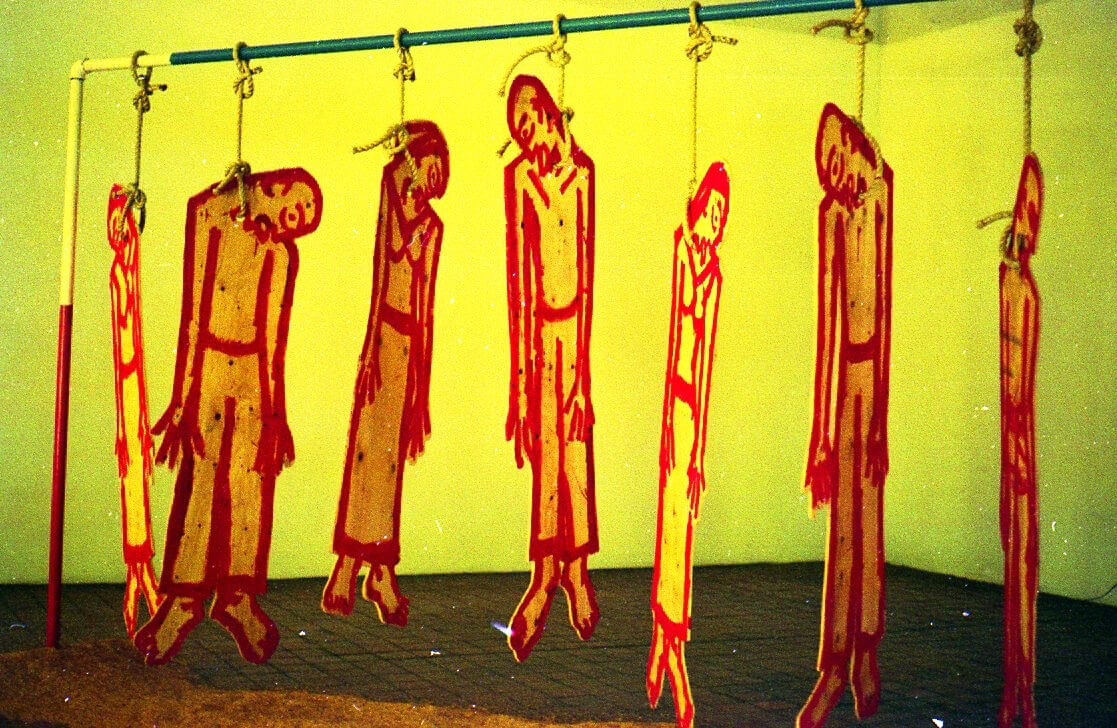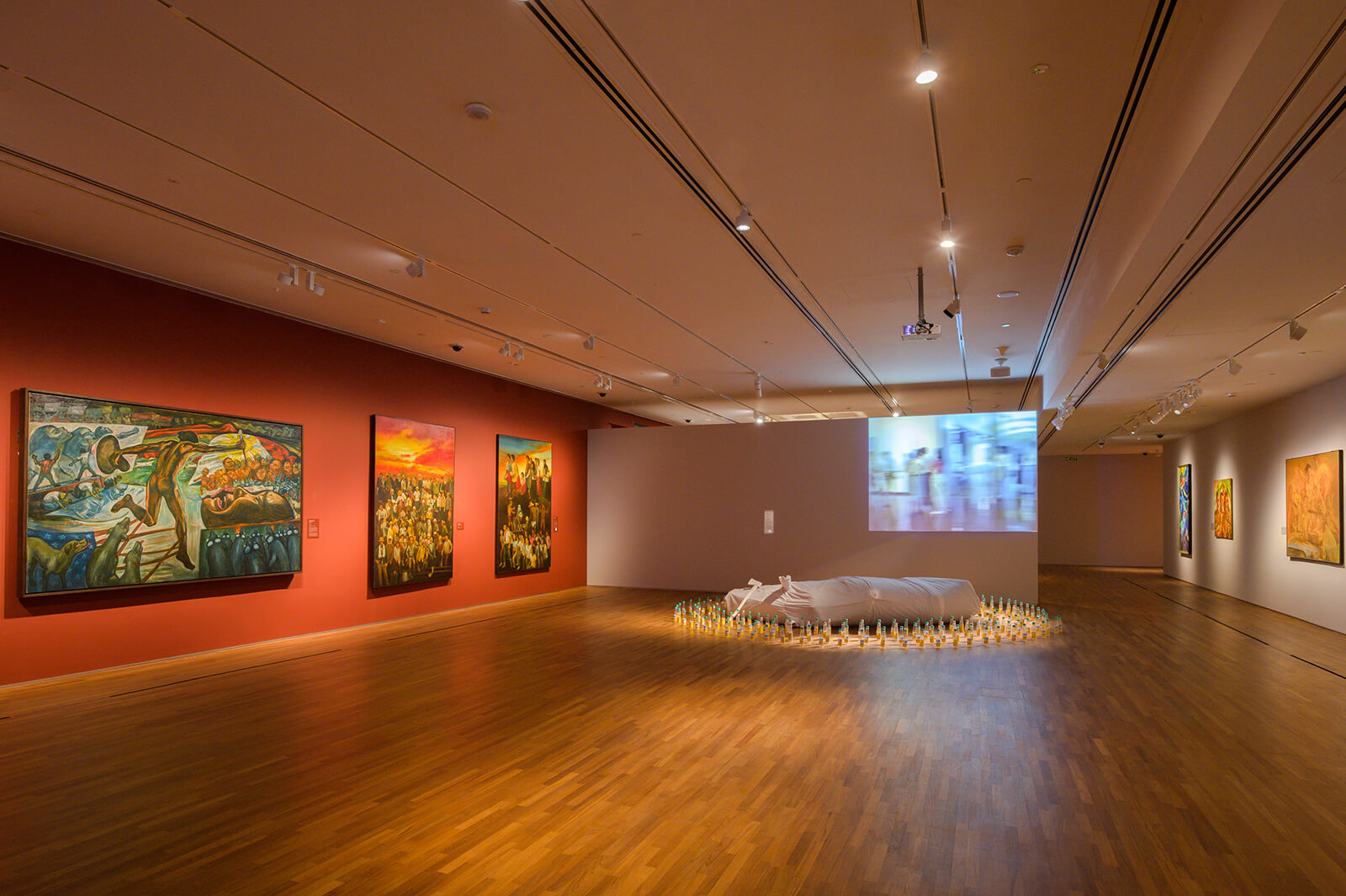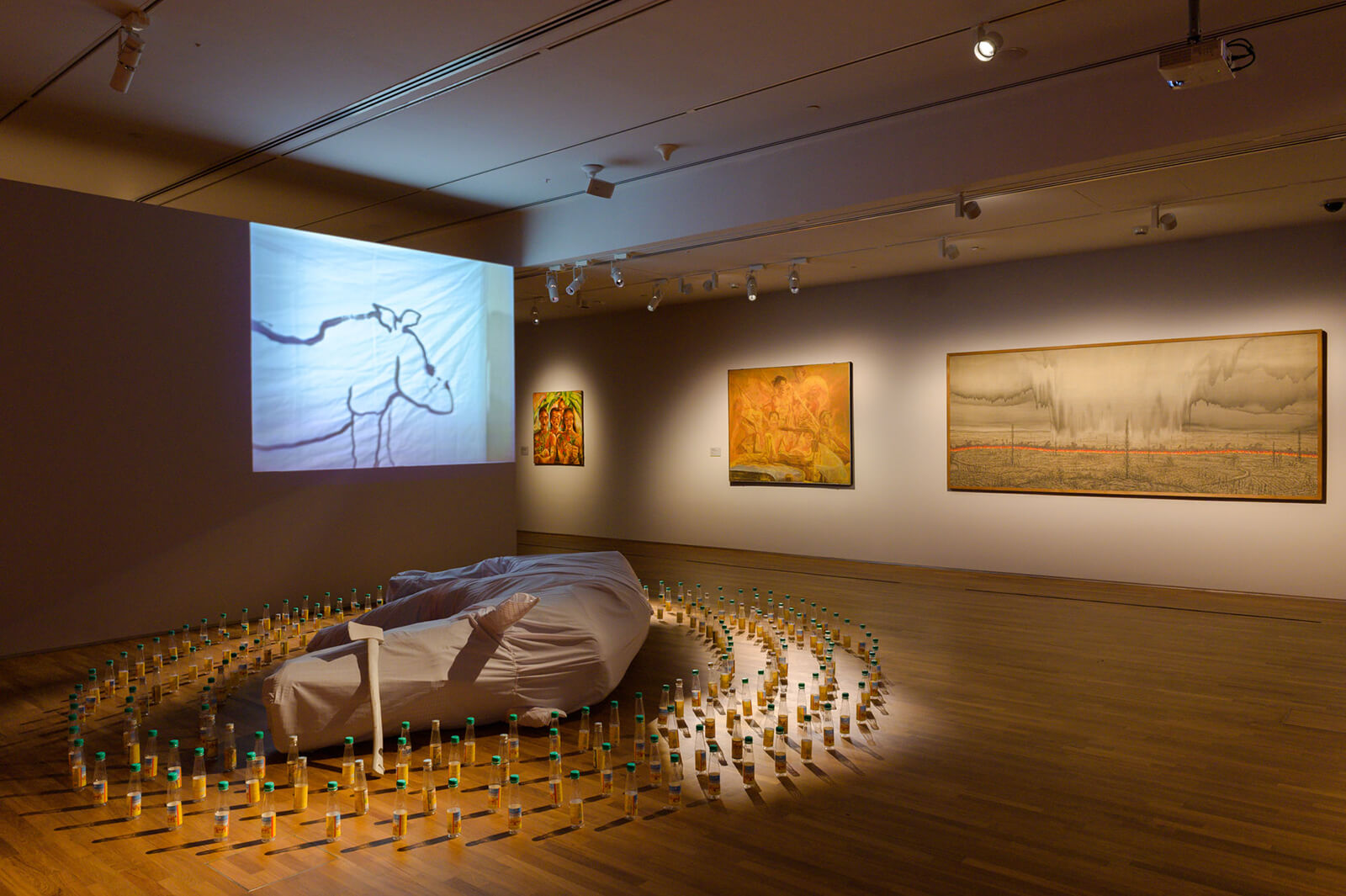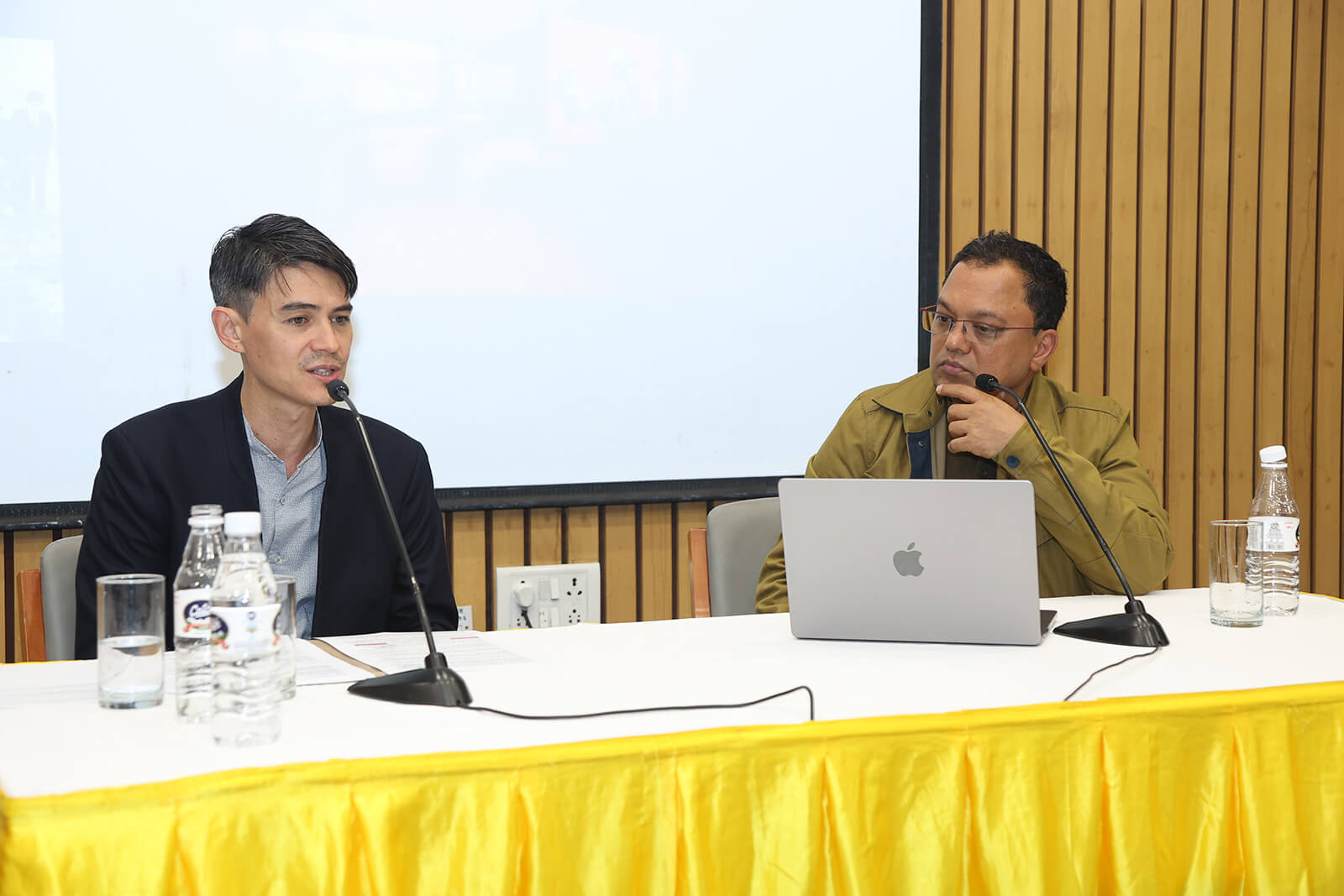'The Grand Italian Vision': a repository of the Italian Transavanguardia movement
by Georgina MaddoxMay 31, 2023
•make your fridays matter with a well-read weekend
by Sukanya DebPublished on : Jan 31, 2024
In his lecture The Myth of Incipient Democracy: subtexts of Southeast Asian contemporary art hosted by the Shergil-Sundaram Arts Foundation on January 19, 2024, Singapore-based curator and theorist David Teh spoke about the framing of national and regional narratives to interpret and historicise contemporary art. Teh’s area of research and practice focuses on Southeast Asia as a geographical and geopolitical region, considering contemporary art within an international context of circulation and cultural exchange. Teh tells STIR, “My research is turning in a direction that tries to explore that intellectual history of a given geography, uncovering connections and dependencies on ideas from elsewhere.”

During his lecture, he presented the challenges of narrativising the contemporary while living in the so-called contemporary. Here arises the question, when does the contemporary end and is it a timeframe we are referring to, or a modality of historiography as it arises in the present? The "contemporary" also becomes a stand-in for a contest of local, national and regional politics and aesthetics, as expanded on by Teh, where identity is an adopted weapon deployed by the state.
Notably, Teh spoke about the proliferation of liberal democracy with the US-dominated Cold War discourse, and the idea of a gradual or “inevitable” democracy as being good and desirable for the contemporary nation-state. He says, “Institutions in the Southeast Asian region are not interested in telling the story of democratisation in the region. The problem is the visual idiom that these institutions are sleepwalking along with. Tradition and modernity are coined amid Cold War era studies as a dialectical explanation for the present culture. The implicit message of that area of study is the idea of “inevitable democratisation”. His use of the word “inevitable” signals the American and European political prowess that threatens any other formation of statehood. Speaking through the lens of Southeast Asia, which has historically not fit within the democratic framework and instead a widely authoritarian one as in the case of Vietnam and monarchic in the context of Cambodia and Malaysia. Teh speaks of the role played by curators in creating national narratives in tandem with the state, speaking to a homogenised national identity and history.

In conversation with STIR, Teh says, “There have been certain curators who have been lionised in the last 25 years as somehow modelling the pivotal clout of the curator. Mainly these curators are from Europe and North America, and certain exhibitions have been identified as pivotal in the global contemporary art world since the 1960s and ‘70s. However, the story hasn’t been told in a very global way. We have models of how contemporary art looks like and what the curatorial function might be behind that or fuels it. In Southeast Asia, there is a very different figure of the curator, and no one seems to want to talk about it and what is the role of the curator in this region.”

Teh speaks about the role of the curator in Southeast Asia, and how it differs from that of the Western canon of the contemporary curator, who is mobile and independent. In the case of Southeast Asia, Teh notes that the role tends to be bureaucratic. Here, he talks about the idea of the 'curatorial state', a phrase that he has come to use to reflect on the close coalition of the nation-state and the independent curator towards establishing a national narrative, highlighting exhibitions such as Negotiating Home, History and Nation: Two Decades of Contemporary Art in Southeast Asia 1991-2011 (2011) at the Singapore Art Museum and Concept, Context, Contestation: art and the collective in Southeast Asia (2013) at Bangkok Art and Culture Centre.

When asked about questions of funding and circulation and contemporary forms of patronage, Teh tells STIR, "There’s still quite a lot of discussion of contemporary art that is non-materialist, meaning that which doesn’t pay much attention to the nitty-gritty of production, circulation, and patronage…I’m not a hard materialist but I try to pay attention…In the present case, what is interesting to me is the stories told about Southeast Asia through contemporary art have changed to map a longer trajectory of how patronage has informed those narratives.”
Teh gestures towards what metaphors might have arisen in describing Southeast Asia as a whole, and the kind of shift in patronage from a global standpoint to that of the nation-state reflects a shift of power and concerns, between narratives of resisting power and that of ‘home’ in the nation as exemplified in the exhibition Negotiating Home, History and Nation. Concerning the narratives developed in Singapore, Teh also spoke to STIR about the expansion of pre-national cultures to encompass an overarching nationalist framework, speaking to the problems that arise from narrativising through the lens of the contemporary. Teh outlines this as a recent trend in a culture where universities have not been invested in institutional histories, for the last 60 years, and therefore, the gaps that arise besides the shift in asserting narrative control as a nation-state.
In his lecture and conversation with STIR, Teh presents complexities in building institutional narratives that critically engage with nationalism, especially looking at the case study of Southeast Asia, where politically charged art is sometimes subsumed into the institution through a web of relations between the state, the curator, and the artist. Here, the question arises of how we perceive institutional narratives in the development of national aesthetics, and whether the critical role of artists needs revival in the contemporary art landscape.
by Maanav Jalan Oct 14, 2025
Nigerian modernism, a ‘suitcase project’ of Asian diasporic art and a Colomboscope exhibition give international context to the city’s biggest art week.
by Shaunak Mahbubani Oct 13, 2025
Collective practices and live acts shine in across, with, nearby convened by Ravi Agarwal, Adania Shibli and Bergen School of Architecture.
by Srishti Ojha Oct 10, 2025
Directed by Shashanka ‘Bob’ Chaturvedi with creative direction by Swati Bhattacharya, the short film models intergenerational conversations on sexuality, contraception and consent.
by Srishti Ojha Oct 08, 2025
The 11th edition of the international art fair celebrates the multiplicity and richness of the Asian art landscape.
 surprise me!
surprise me!
make your fridays matter
SUBSCRIBEEnter your details to sign in
Don’t have an account?
Sign upOr you can sign in with
a single account for all
STIR platforms
All your bookmarks will be available across all your devices.
Stay STIRred
Already have an account?
Sign inOr you can sign up with
Tap on things that interests you.
Select the Conversation Category you would like to watch
Please enter your details and click submit.
Enter the 6-digit code sent at
Verification link sent to check your inbox or spam folder to complete sign up process



by Sukanya Deb | Published on : Jan 31, 2024
What do you think?